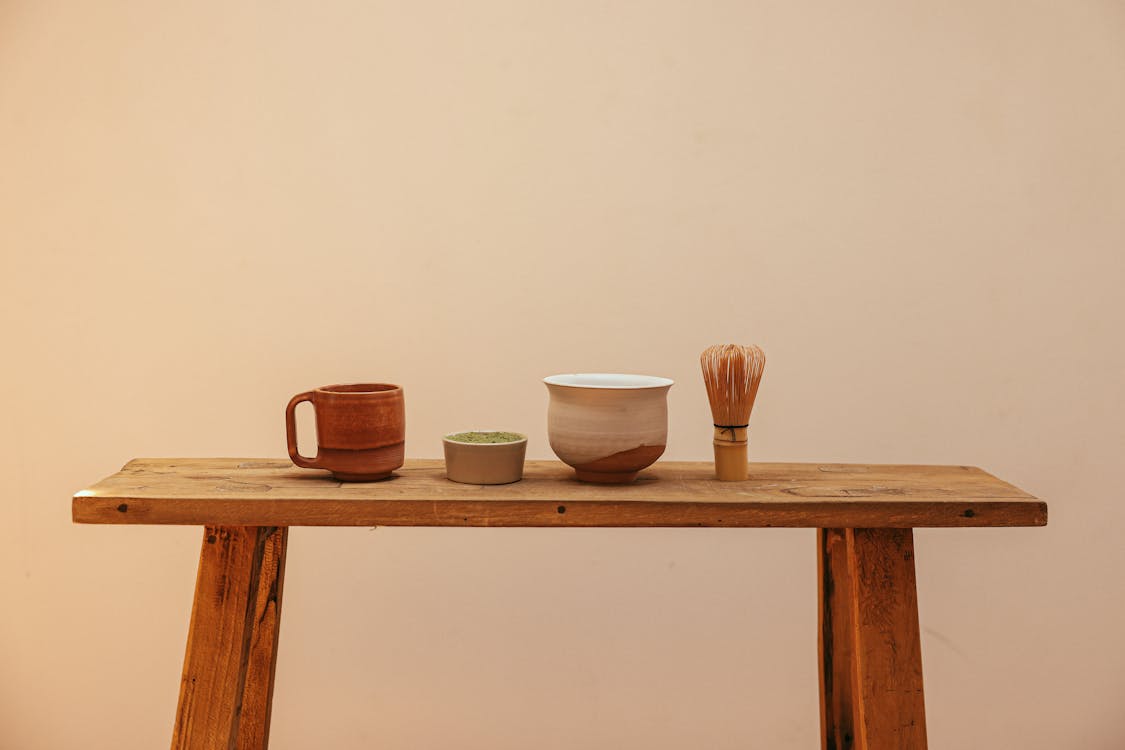Color Psychology in Art: How Shades Influence Emotions
Introduction: The Emotional Palette
Color is more than a visual experience; it’s a powerful psychological tool that artists have wielded for centuries to evoke emotions, convey messages, and create atmospheres. From the vibrant reds of passion to the calming blues of serenity, colors can profoundly impact our emotional responses to art. Understanding the psychology behind color usage in art can enhance our appreciation and interpretation of artworks, as well as inform our own creative practices.
The Science Behind Color Perception
Color perception begins with the way our eyes and brain interpret different wavelengths of light. Each color corresponds to a specific wavelength, and our brains associate these wavelengths with particular emotions and meanings. For instance, red light has a longer wavelength and is often associated with strong emotions like love or anger, while shorter wavelengths like blue are linked to calmness and tranquility.
Psychologists have studied these associations to understand how colors influence human behavior and emotions. While individual experiences and cultural backgrounds can affect color perception, certain general trends have been observed. Warm colors (reds, oranges, yellows) tend to evoke feelings of warmth and energy, whereas cool colors (blues, greens, purples) are associated with calmness and relaxation.
Artists leverage this knowledge to create specific emotional effects in their work. By carefully selecting color palettes, they can guide viewers’ emotional responses and convey complex psychological narratives. This intentional use of color transforms a simple image into a powerful emotional experience.
Cultural Influences on Color Interpretation
While certain color-emotion associations are widespread, cultural factors play a significant role in how colors are interpreted. For example, in Western cultures, white often symbolizes purity and innocence, whereas in some Eastern cultures, it is associated with mourning and death. Similarly, red can signify love and passion in some contexts, but danger or warning in others.
Artists must consider these cultural nuances when creating works intended for diverse audiences. A color that conveys a positive emotion in one culture might have a negative connotation in another. Understanding the cultural context is crucial for effective communication through color in art.
Moreover, globalization and cultural exchange have led to a blending of color meanings, allowing artists to experiment with and challenge traditional associations. This dynamic interplay between color and culture enriches the artistic landscape and opens new avenues for emotional expression.
The Psychological Impact of Specific Colors
Each color carries its own psychological weight and can evoke a range of emotions:
Red: Often linked to passion, energy, and urgency. It can stimulate strong emotions and is frequently used to grab attention.
Blue: Associated with calmness, stability, and trust. It can have a soothing effect but may also evoke feelings of sadness.
Yellow: Symbolizes happiness, optimism, and warmth. However, excessive use can lead to feelings of anxiety or frustration.
Green: Represents nature, growth, and tranquility. It is often used to create a sense of balance and harmony.
Purple: Conveys luxury, creativity, and spirituality. It can inspire imagination but may also suggest mystery or melancholy.
Black: Denotes power, elegance, and sophistication. It can also imply mourning or evil, depending on the context.
White: Embodies purity, simplicity, and cleanliness. In some cultures, it is associated with death and mourning.
Artists use these associations to elicit specific emotional responses, carefully balancing colors to achieve the desired effect. The interplay of colors within a composition can create complex emotional narratives that resonate deeply with viewers.
Color in Abstract and Contemporary Art
In abstract and contemporary art, color often takes center stage, becoming the primary vehicle for emotional expression. Without representational forms to guide interpretation, viewers rely heavily on color to derive meaning and emotional context.
Artists like Mark Rothko and Wassily Kandinsky explored the emotional power of color in their abstract works. Rothko’s large fields of color aim to evoke profound emotional experiences, while Kandinsky believed that colors could directly affect the soul.
Contemporary artists continue this exploration, using color to challenge perceptions and provoke emotional responses. The subjective nature of color interpretation allows for diverse and personal experiences, making abstract art a powerful medium for emotional expression.
Moreover, advancements in technology have expanded the possibilities for color usage in art. Digital tools enable artists to experiment with an infinite range of hues and combinations, pushing the boundaries of traditional color theory and emotional impact.
Practical Applications of Color Psychology in Art
Understanding color psychology is not only beneficial for artists but also for art enthusiasts and collectors. By recognizing the emotional effects of colors, individuals can make informed choices about the artworks they create, display, or purchase.
For artists, this knowledge allows for intentional emotional storytelling through color. They can craft compositions that resonate with viewers on a psychological level, enhancing the overall impact of their work.
Collectors and interior designers can use color psychology to select artworks that align with the desired mood of a space. For instance, incorporating calming blues and greens in a bedroom can promote relaxation, while vibrant reds and oranges in a living area can energize the environment.
Educators and therapists also utilize color in art therapy, leveraging its emotional influence to facilitate healing and self-expression. By engaging with colors, individuals can explore and process complex emotions in a supportive setting.
